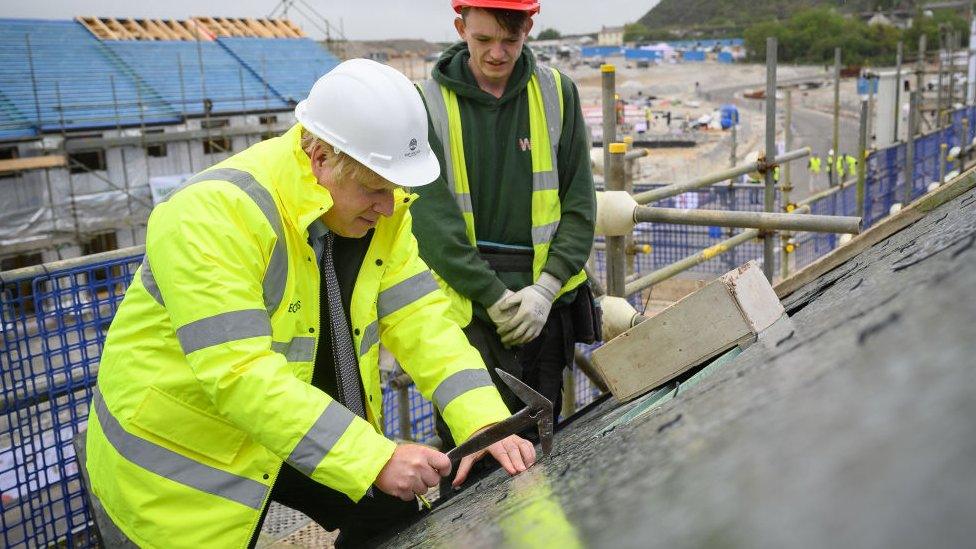Plan for new homes on Kidderminster greenbelt to be decided
- Published
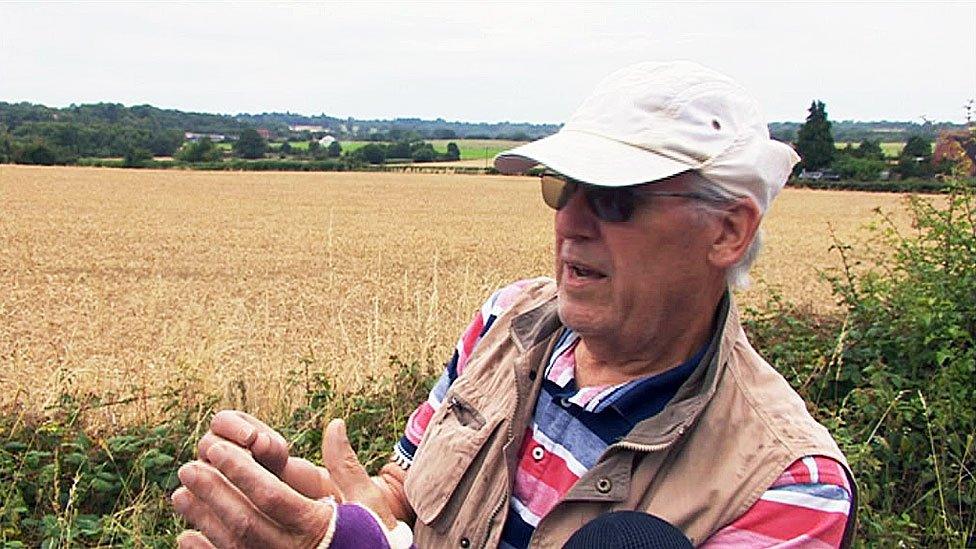
Colin Aldis joined protests because he said the greenbelt was "being abused"
The fate of greenbelt land earmarked for 124 new homes is about to be decided as critics make a final plea for their children's future following a "human chain" protest.
Proposals for fields in Low Habberley, Kidderminster, go before the district council on Tuesday amid 526 objections.
"These places are valuable to the community and our councils should be preserving them," said one campaigner.
"Our children and grandchildren will need them," Dr Merlyn Wilcox said.
Hundreds of people formed a chain across the land off Habberley Lane in April.
Wyre Forest District Council says the land is among "allocated sites for residential development released from the greenbelt" under its local plan, external, which guides its pledge to provide 5,520 new homes by 2036.
Council leader Helen Dyke said the local plan was adopted following a seven-year process which "included several consultations with members of the public", adding the government had backed it.
And developer Richborough Estates said the plan was "subjected to thorough scrutiny", and the company's proposals were in accordance with the document.
But some residents query the technicalities, and say something far greater is at stake than that which guidelines can demonstrate.
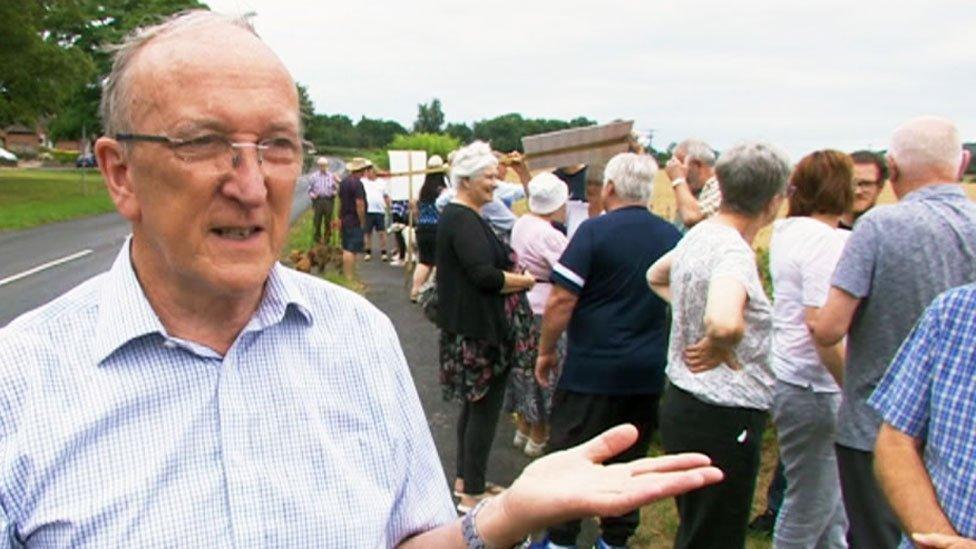
Dr Melvyn Wilcox believes other developments will follow
Greenbelt was a term created in the 1940s to identify space to be protected from urban sprawl, but rules have become more relaxed and allow for development in "exceptional circumstances".
Such interpretation has been challenged by residents who say they worry valuable land will be lost.
Protester Colin Aldis said greenbelt was created to stop the type of plan earmarked for Low Habberley.
"The greenbelt is being abused by what they are doing. It's awful," he said.
Dr Wilcox, of the Save Low Habberley Greenbelt group, told the BBC: "I don't think I'm being a 'Nimby' [Not In My Back Yard]," and, fearing other developments would follow, he added: "I think it's being realistic that these places are valuable to the community."
Referencing people on Kidderminster's housing waiting list, he also complained the proposals did not include social housing. While that is accurate, a quarter of the planned homes do, however, include affordable housing, according to the application.
Dr Wilcox and others said brownfield sites - meaning land previously developed - should be used for the project instead.
Mark Watkins, another critic of the scheme, said: "We have so many brownfield sites, especially in the town centre, it's becoming like a ghost town, so surely they should be targeting that first rather than just giving away these beautiful fields.
"It is a field that grows food that we desperately need. And this one is growing grain and then there's the wildlife. I mean the wildlife is amazing on here."
Resident Robin Pearson added the site was "a natural resource" helping people's "mental and physical health".
Keep our Greenbelt Green's chairman, Merle Gering, echoed the sentiments, saying the potential loss of "precious" land was "heart-breaking".
He said: "It's our breathing space - our ancestors knew the value of the greenbelt."
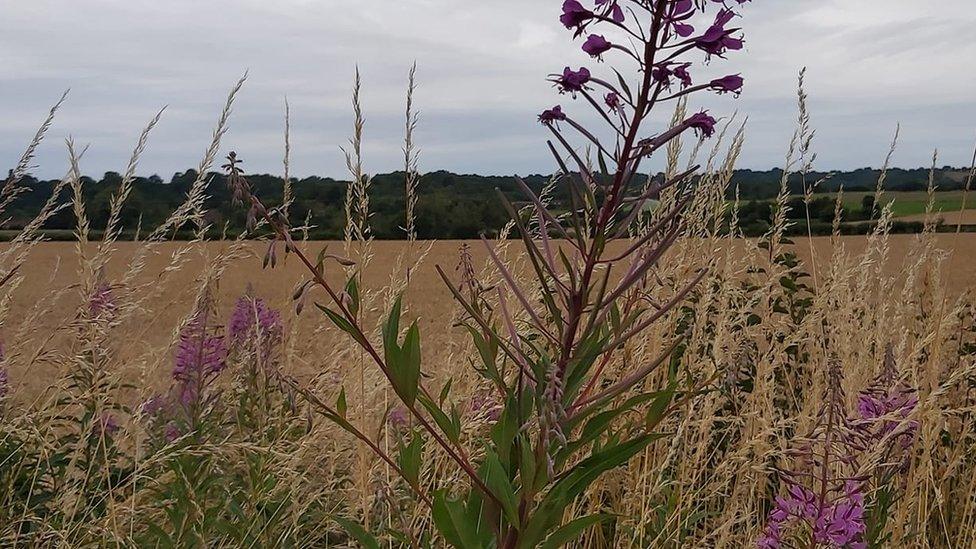
Residents said the area was rich in wildlife and enjoyed by walkers
The application, which includes provision for public open space, received 526 objections and one message of support that said the area needed more affordable homes for young families.
The West Midlands region has the second largest area of greenbelt land in England, with 264,980 hectares, according to latest government statistics. It represents about 20% of the region's land area.
The data also suggests some areas saw notable losses over the past eight years, including 51% in Coventry; 10% in Nuneaton and Bedworth; and 7% in Warwick.
But Dr Charles Goode, of the Centre for Urban and Regional Studies at Birmingham University, said such figures alone could be misleading.
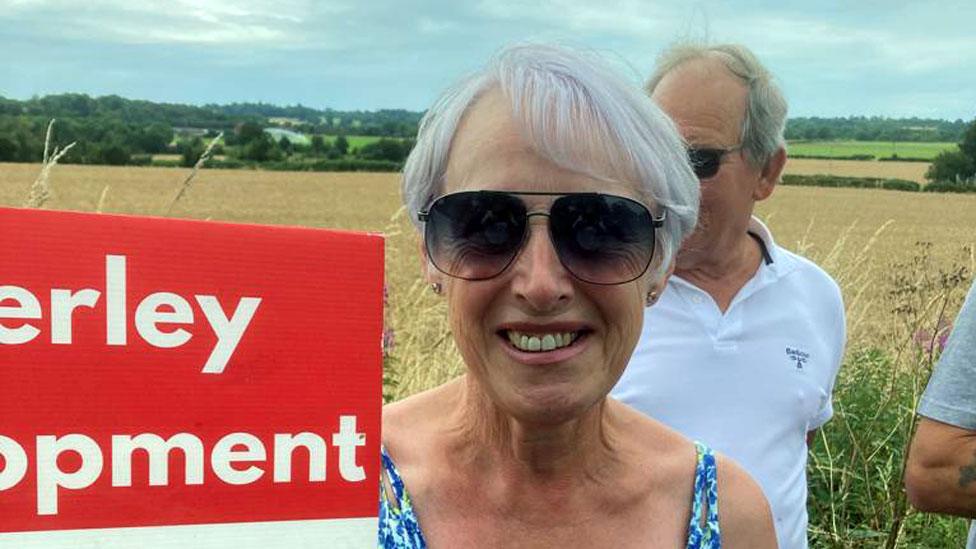
Protester Jill Newman said there were lots of brownfield sites which should be used instead
Dr Goode said Coventry, for example, began with less of the region's designated greenbelt land than other areas.
"When looked at as a whole, the total amount of land being taken is not so proportionately high as what it appears at a local level," he explained.
Housing development was often controversial, he said, as "people often feel very passionately about their area", but he added that historically as a region the greenbelt had been protected through things such as urban regeneration and use of brownfield sites.
However, he said such initiatives had their limit as an approach to housing.
"Brownfield [alone] is not going to solve the region's housing crisis and therefore we need to look strategically at how to meet the region's housing need."

Follow BBC West Midlands on Facebook, external, Twitter, external and Instagram, external. Send your story ideas to: newsonline.westmidlands@bbc.co.uk
Related topics
- Published8 July 2022
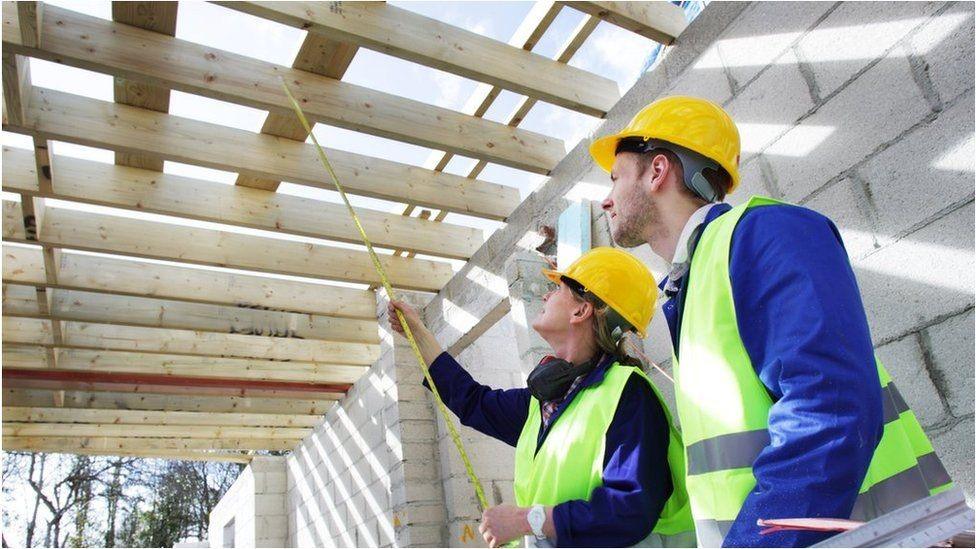
- Published5 July 2022
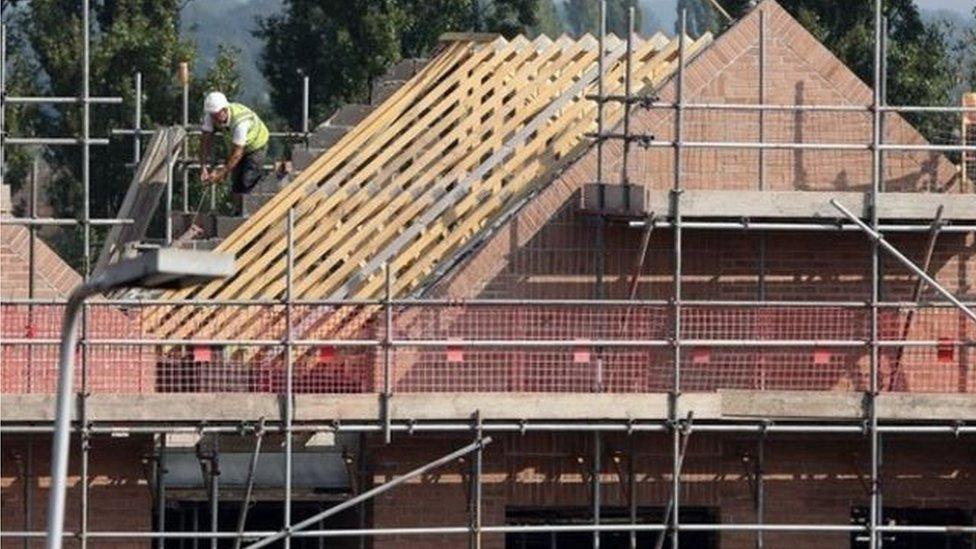
- Published12 November 2017

- Published15 June 2022
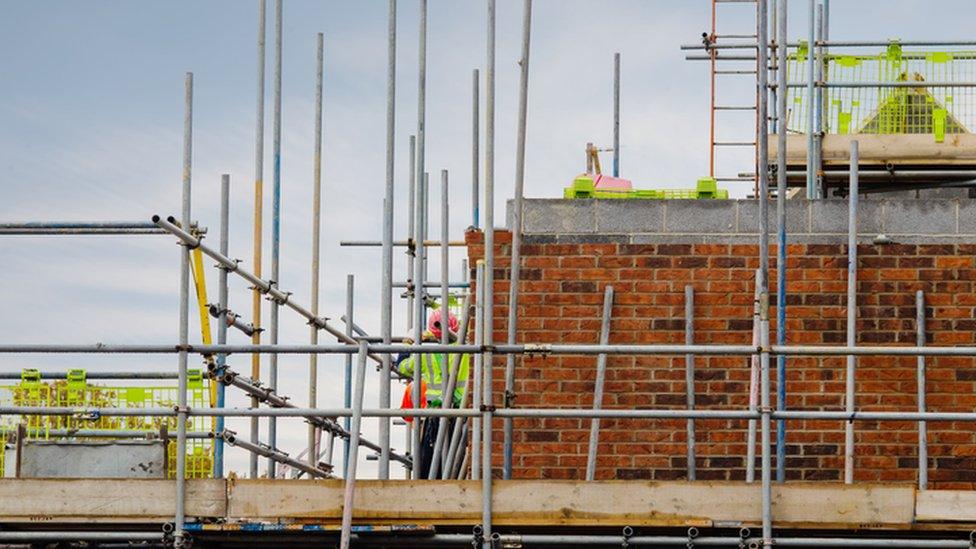
- Published5 July 2022
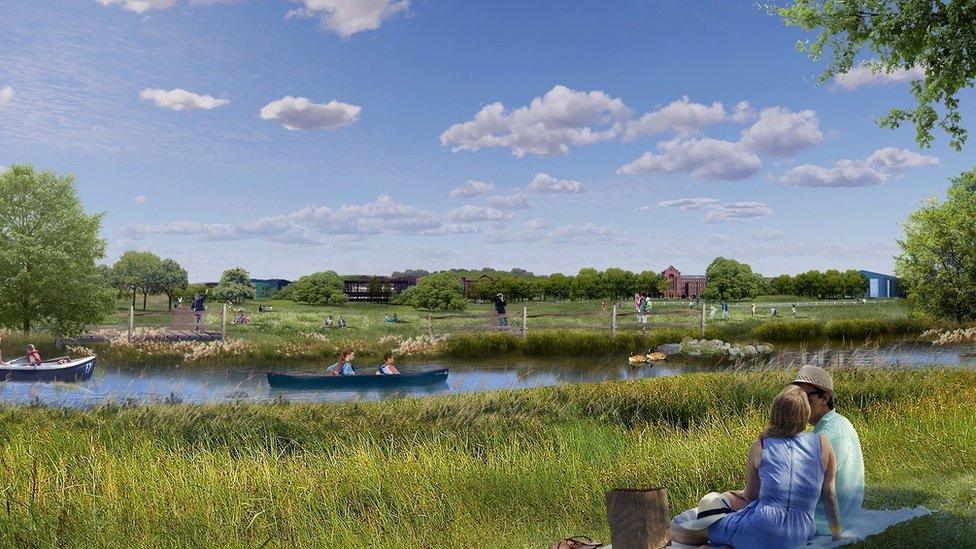
- Published31 August 2021
